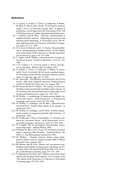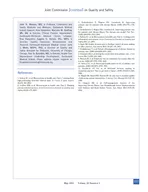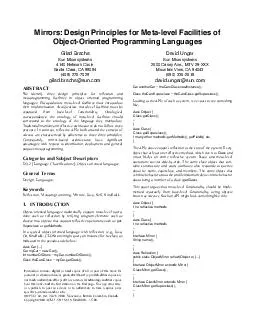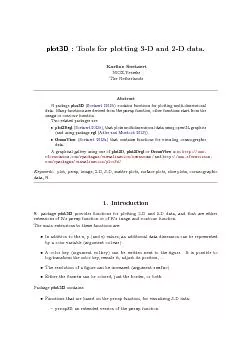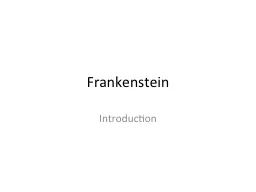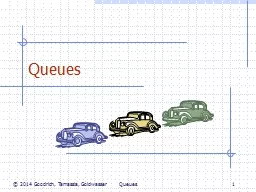PDF-ObstructionFree Synchronization DoubleEnded Queues as an Example Maurice Herlihy Computer
Author : cheryl-pisano | Published Date : 2014-12-16
This property is strong enough to avoid the problems associ ated with locks but it is weaker than previous nonblocking propertiesspeci64257cally lockfreedom and
Presentation Embed Code
Download Presentation
Download Presentation The PPT/PDF document "ObstructionFree Synchronization DoubleEn..." is the property of its rightful owner. Permission is granted to download and print the materials on this website for personal, non-commercial use only, and to display it on your personal computer provided you do not modify the materials and that you retain all copyright notices contained in the materials. By downloading content from our website, you accept the terms of this agreement.
ObstructionFree Synchronization DoubleEnded Queues as an Example Maurice Herlihy Computer: Transcript
Download Rules Of Document
"ObstructionFree Synchronization DoubleEnded Queues as an Example Maurice Herlihy Computer"The content belongs to its owner. You may download and print it for personal use, without modification, and keep all copyright notices. By downloading, you agree to these terms.
Related Documents

